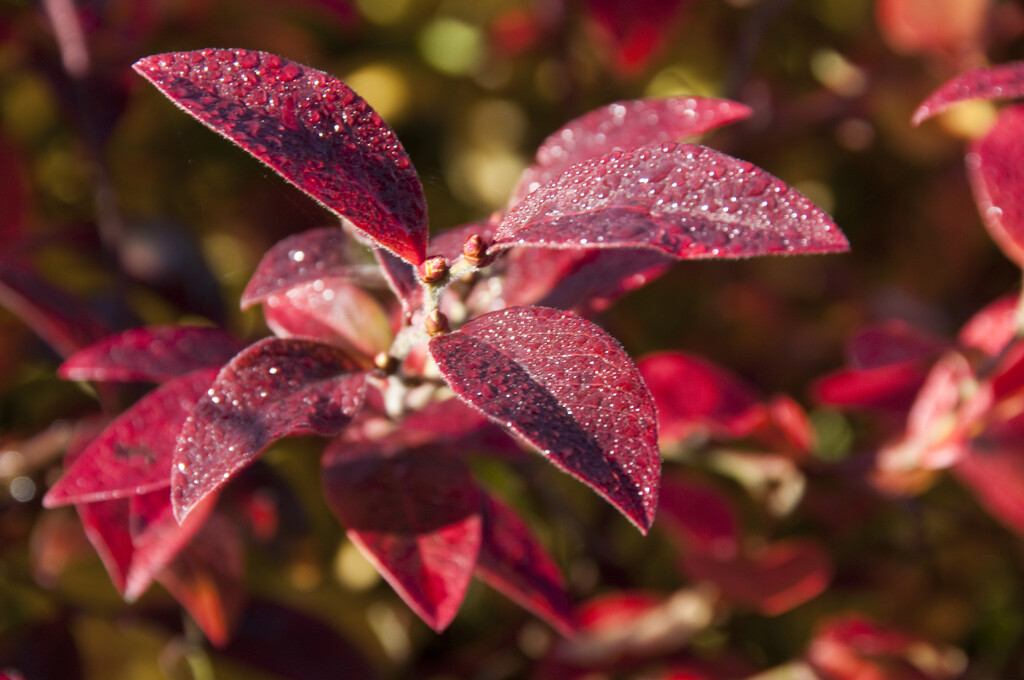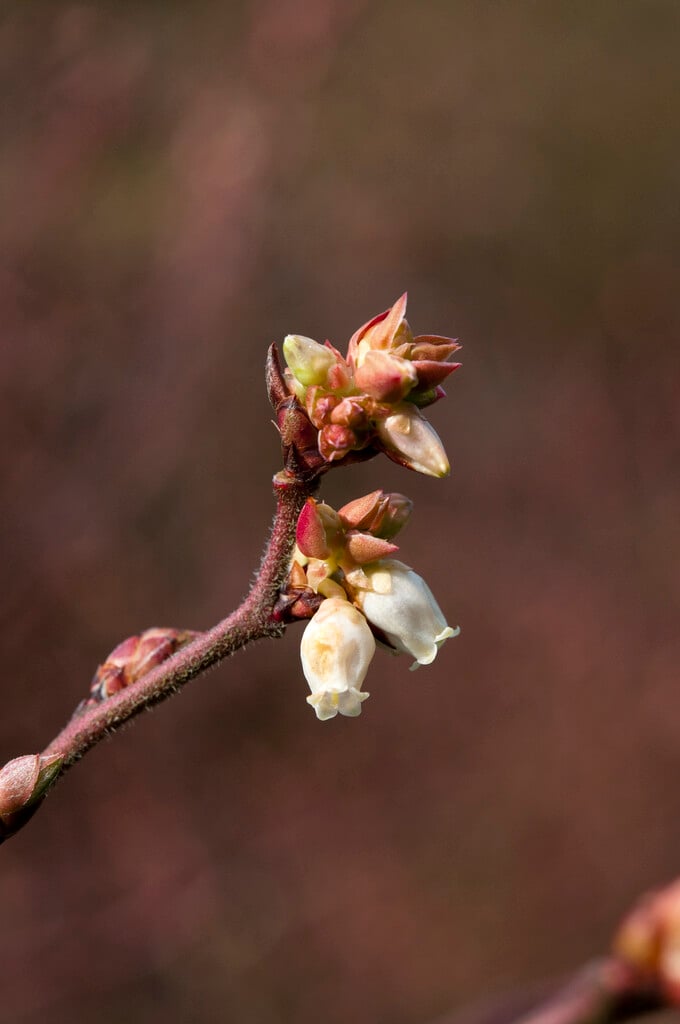Vaccinium praestans
Kamchatka bilberry
A low-growing spreading deciduous shrub making good ground cover. It has much larger leaves than most Vacciniums. The leaves are green variously tinged with red. The flowers are white or pink small bells and develop into bright red highly edible berries.
Size
Ultimate height
0.1–0.5 metresTime to ultimate height
2–5 yearsUltimate spread
0.1–0.5 metresGrowing conditions
Moisture
Moist but well–drainedpH
AcidColour & scent
| Stem | Flower | Foliage | Fruit | |
| Spring | White Red | Green Bronze | ||
|---|---|---|---|---|
| Summer | Green Red | Red | ||
| Autumn | Red | |||
| Winter |
Position
- Full sun
- Partial shade
Aspect
East–facing or North–facing or South–facing or West–facing
Exposure
Sheltered Hardiness
H7Botanical details
- Family
- Ericaceae
- Native to GB / Ireland
- No
- Foliage
- Deciduous
- Habit
- Matforming
- Genus
Vaccinium can be evergreen or deciduous shrubs or small trees, with simple leaves and small, bell- or urn-shaped flowers followed by juicy, sometimes edible berries
- Name status
Correct
How to grow
Cultivation
Grow in moist but well-drained acidic soil. Choose a sheltered site in full sun or light shade in the north, light shade in the south.
Propagation
Propagate by softwood cuttings in late spring or semi-ripe cuttings in summer
Suggested planting locations and garden types
- Edible fruit
- Ground cover
Pruning
No pruning required
Pests
Generally pest-free
Diseases
May be susceptible to honey fungus (rarely), powdery mildews, root rot and chlorosis due to iron and manganese deficiency; see nutrient deficiencies
Love gardening
Sign up to receive regular gardening tips, inspiration, offers and more
View our Privacy Policy
Get involved
The Royal Horticultural Society is the UK’s leading gardening charity. We aim to enrich everyone’s life through plants, and make the UK a greener and more beautiful place.

